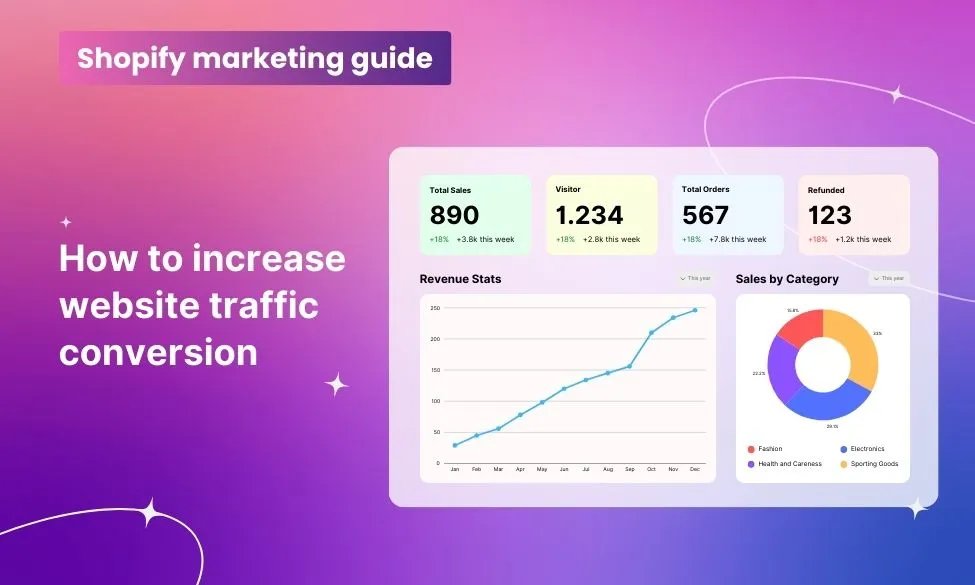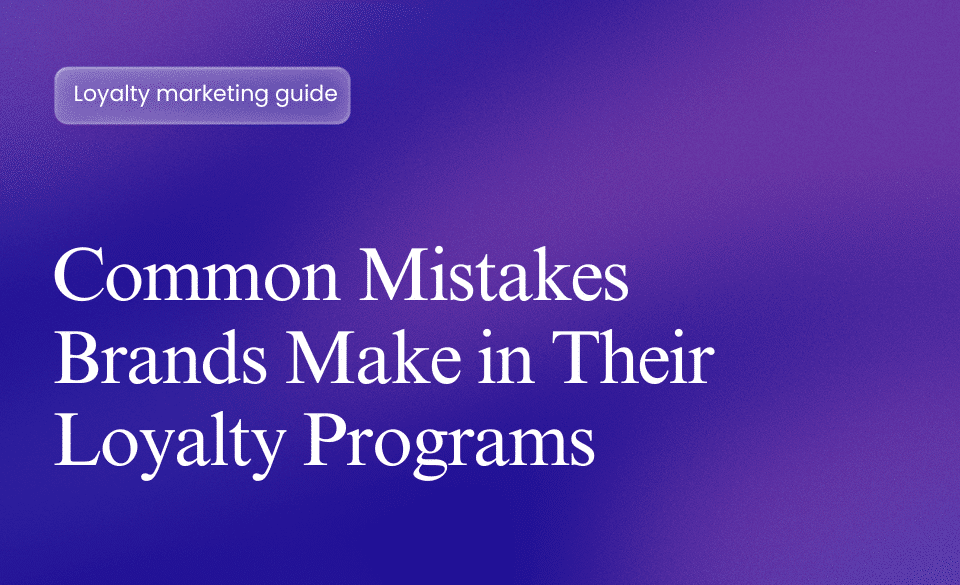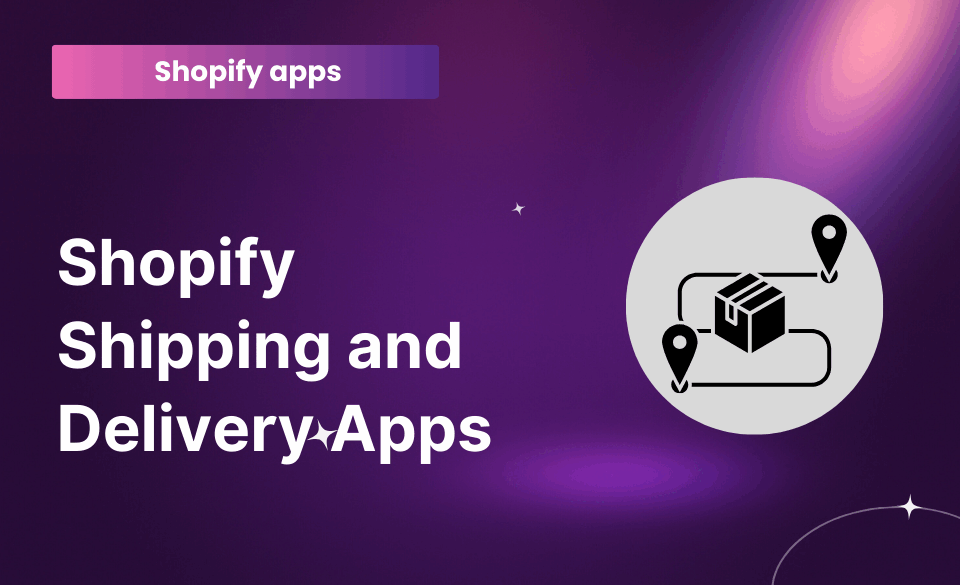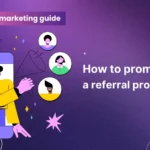
12+ Creative Ways to Promote a Referral Program
20 June, 2024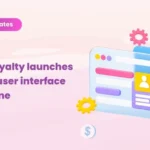
New updates: Discover BON’s new interface and our latest features
22 June, 2024Website traffic conversion is the lifeblood of every e-commerce business. Referral traffic pre-sells your brand to ideal customers via a trustworthy referral. However, how can you use this edge to turn interested clicks into confirmed sales?
If you want to convert more referral visitors into paying customers, this blog post will provide 12 tried-and-true methods.
Understanding The Power Of Referral Traffic
The term “referral traffic” describes visitors to your website or app who have been sent there by another party. It’s just marketing by word-of-mouth marketing in the digital era. That’s why:
Trust Factor
Nielsen research shows that 92% of consumers trust recommendations from friends and family more than any ad. That means referral traffic leverages this natural human behavior.
Referral visitors trust your business more when a respected person endorses it, lowering doubtfulness and leading conversion.
Higher Purchase Intent
Referral marketing is much more than trust; it also involves intent. Studies show a 37% higher conversion rate for referred customers.
Organic referrals are already pre-qualified. After hearing fantastic stories, customers seek your goods’ solutions, moving sales conversion.
In the next part, we’ll examine methods for turning referral traffic into sales.
12+ Strategies To Convert Referral Traffic Into Sales
This section covers 12 excellent techniques to turn referral visitors into loyal ones. We’ll show you how to enhance your referral traffic’s marketing ROI (return on investment), from creating targeted email marketing campaigns to retargeting advertisements and resolving customer problems.
1. Craft Compelling Content That Resonates With Referrers
According to the Accenture Strategy Global Consumer Pulse research, a whopping 63% of consumers throughout the world would rather support businesses that stand for something meaningful. Creating high-quality content that attracts and converts referral traffic.
But content creation isn’t a one-size-fits-all approach. Here are some formats that excel at driving referrals:
- Blog Content:
Informative and interesting blog posts educate referrers about your industry, products, and brand. They provide useful takeaways that people share.
Patagonia, a green company, for example, has a blog about environmental problems, protection, and leaving less of an impact on the world. People who care about the earth will happily recommend Patagonia to their friends.
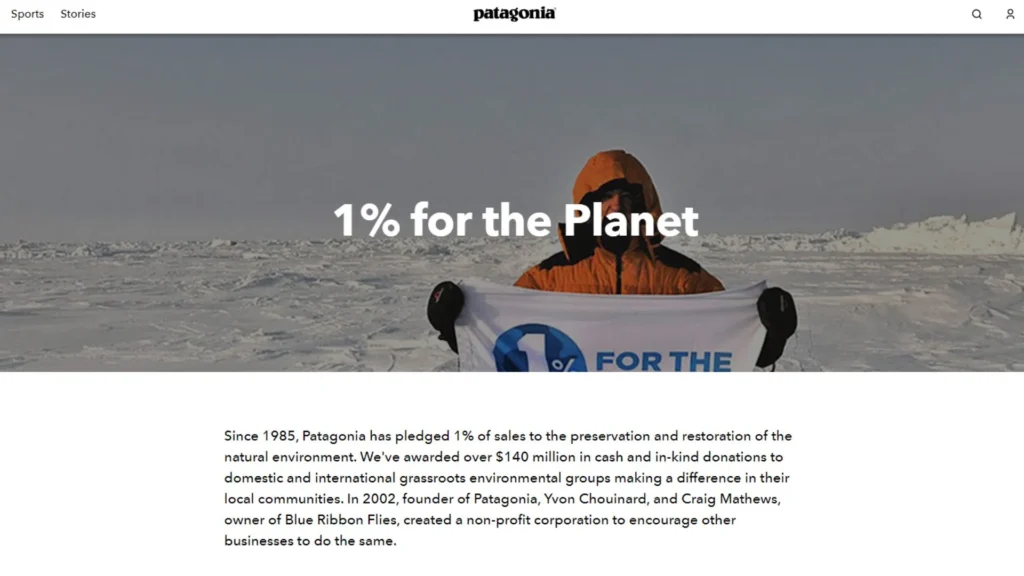
- Explainer Videos:
Create a compelling and easy-to-understand video showcasing your product’s features and advantages.
Check out Blendtec’s “Will It Blend?” video on YouTube. The format’s effectiveness is shown in these popular videos displaying its powerful blenders. Incredulity and outlandishness are intriguing and make viewers want to talk about them.
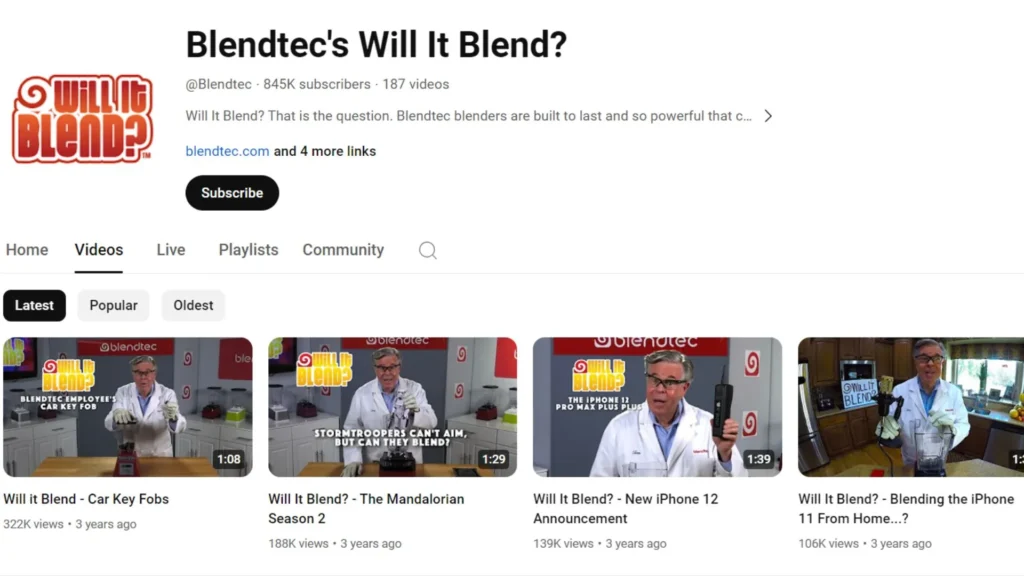
- Infographics:
Based on The Power Of Visual Content study, more people visit and share posts with infographics (200% more) than posts without images (12%). Infographics simplify complex information into simple visuals that are easy to see on social media.
A referral program helps spread the word, but Search Engine Optimization (SEO) attracts people willing to become referrers. Optimizing your website and content for relevant keywords increases search engine visibility and link traffic.
Read more: Beginner’s Guide Search Engine Optimization (SEO).
2. Make Sharing Easy With Social Sharing Buttons
According to GetResponse research, the percentage of emails that include social sharing buttons increased from 18.3% to 29.4%. Social sharing buttons reduce friction in the referral process.
Get inspired in Sephora; they place social sharing buttons on product sites. Sephora encourages its customers to share products with one click. They shared user-generated content that boosts sales and brand awareness via social referrals.
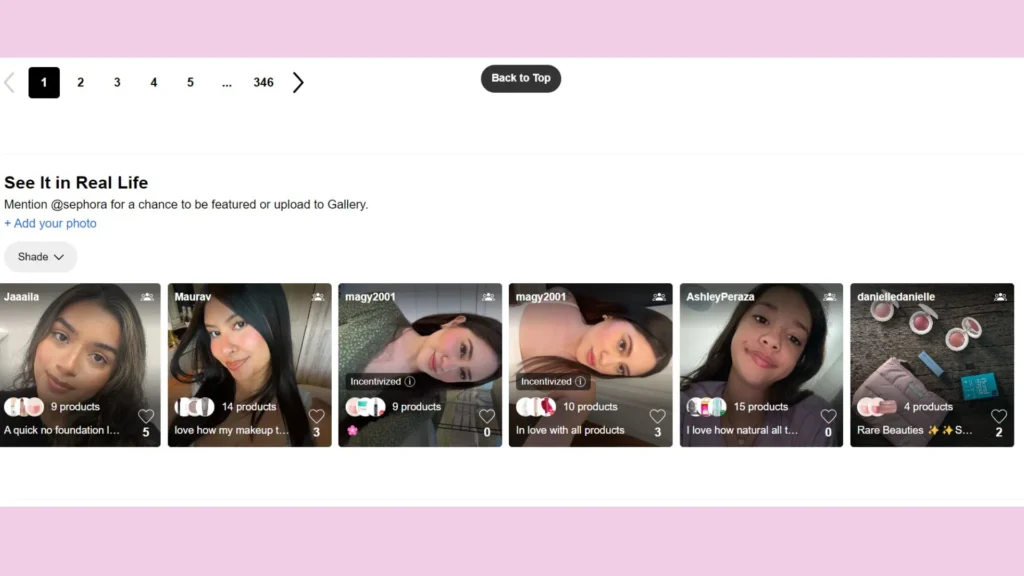
Some use Facebook for chats, and others use Pinterest for visual artwork. Giving customers these options lets them share your valuable content where it will be most useful. Also, allowing you to reach more customers on all social networking networks.
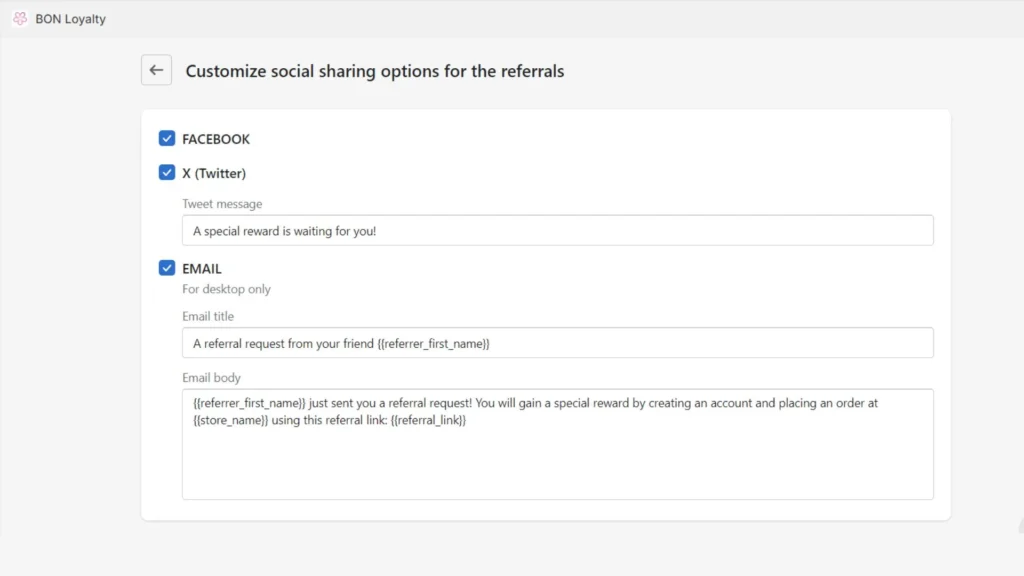
3. Implement A Referral Program With Incentives
We all understand the value of word-of-mouth, with 82% of Americans seeking recommendations from family and friends before purchasing.
That’s why you should give your happy customers incentives and benefits; you can turn them into brand supporters and bring in new customers.
Here are a few common choices:
- Discounts: Offer both parties a set amount or percentage off the first buy.
- Reward Points: Referrals earn customers points that they can use to receive exclusive rewards or redeem for future purchases.
- Cash Bonuses: Regarding big purchases, cash can be a very strong motivation.
Look to GymBros for some ideas. They provide the suggested customer as well as the referrer 100 points. This creates a win-all situation by raising brand recognition and recurring business.
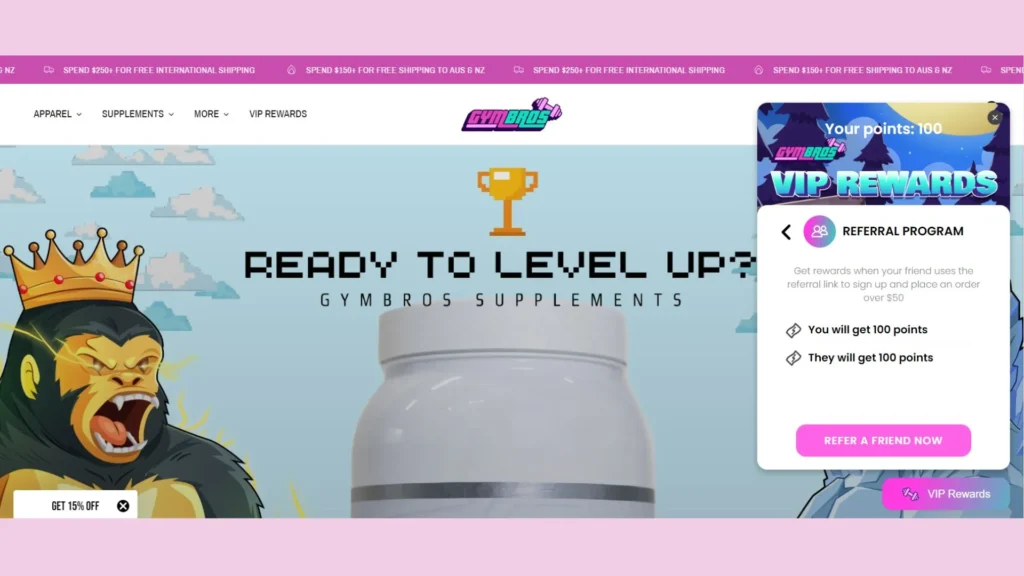
Read more: 12+ creative ways to promote a referral program.
4. Leverage Social Proof And Customer Testimonials
According to the “Ever-Growing Power of Reviews” poll, 82% of customers trust online reviews just as much as recommendations from friends and family. That demonstrates the power of social proof in action.
Here’s how you can use this website traffic to conversion visitors into repeat customers:
- Showcase customer testimonials on your website’s product pages, homepage, and target email.
- Accept User-Generated Content: Get people to use a hashtag to share their stories and good things on social media. User-generated content makes your product seem more real and shows how it works in the real world.
Take a look at REI as an example. They encourage customers to use the hashtag #REImember on Instagram. Then, they use customer reviews and carefully chosen pictures of people using their gear on fun trips.
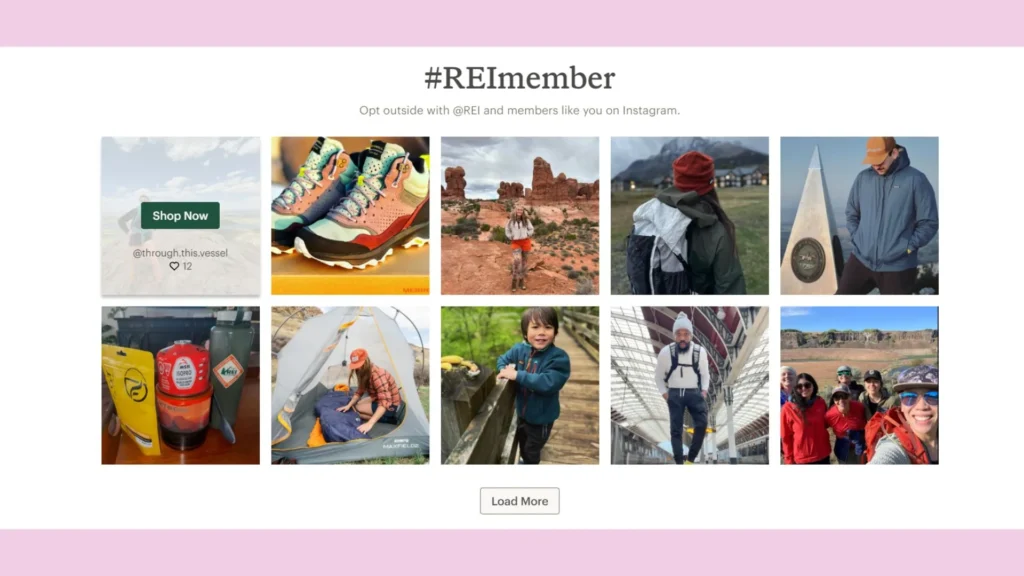
These strategies help you to maximize website traffic conversion so as to boost confidence and reduce resistance.
5. Foster Brand Advocacy Through Excellent Customer Service
According to Salesforce’s “State of the Connected Customer,” survey, 89% of customers are more inclined to buy again after having a good customer care experience. No surprise if people talk about good experiences with friends and family and even on social media.
Here’s how you can turn customer interactions into brand advocacy moments:
- Personalize the experience by remembering their names, order information, and how you interacted with them in the past.
- Empower customer feedback: Find ways to improve with this feedback and show that you want to keep improving. You show your customers that their views matter when you listen to them and do something about it.
For example, Apple is well-known for its skilled and friendly in-store (Genius Bar). They also provide outstanding after-sales support via phone and web platforms.
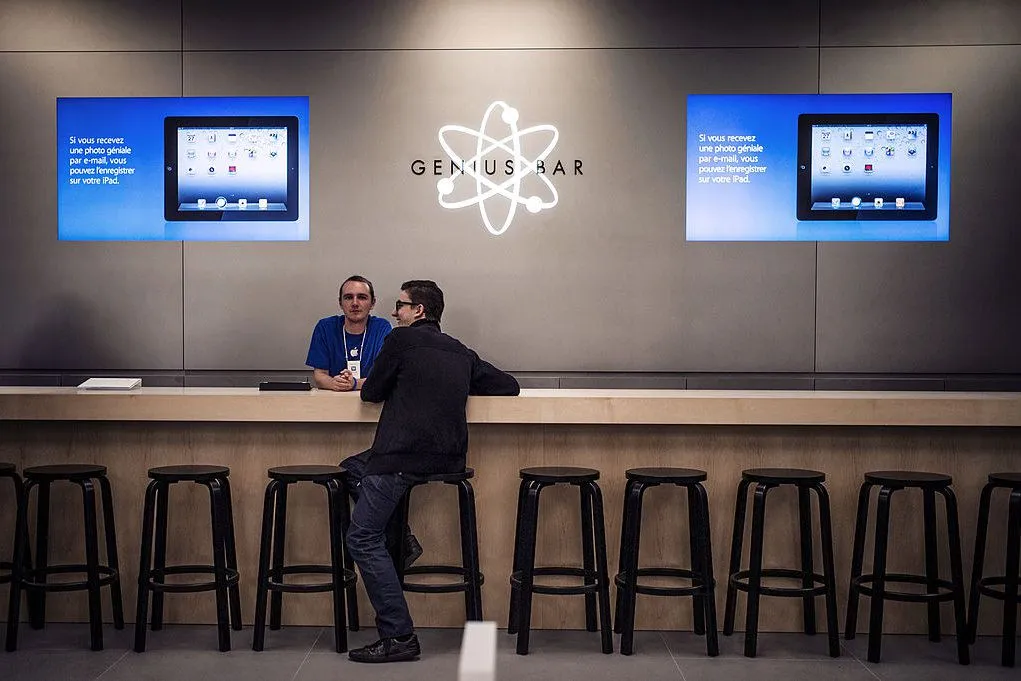
6. Partner With Influencers in Your Industry
According to one survey, 45% of European Gen Z are more inclined to buy trendy products influencers recommend than celebrities or friends. Similarly, 53% of women reported buying purchases based on influencer postings, according to AdWeek.
Now, let’s explore how to identify and partner with the perfect influencers for your brand:
- Know your niche: Determine your brand’s niche in your business. This will allow you to target leaders whose followers are an excellent fit for your goods or services.
- Research and analyze: Find influential niche figures on social media and in influencer databases. Examine their content, following, and interaction to determine whether they’re a suitable match.
For example, WAYB, a brand of car seats and travel bags, launched their WAYB Daily Pack with men’s fashion influencer Will Taylor (@brightbazaar). This wise alliance used Will’s credibility and viewership to promote the new product.
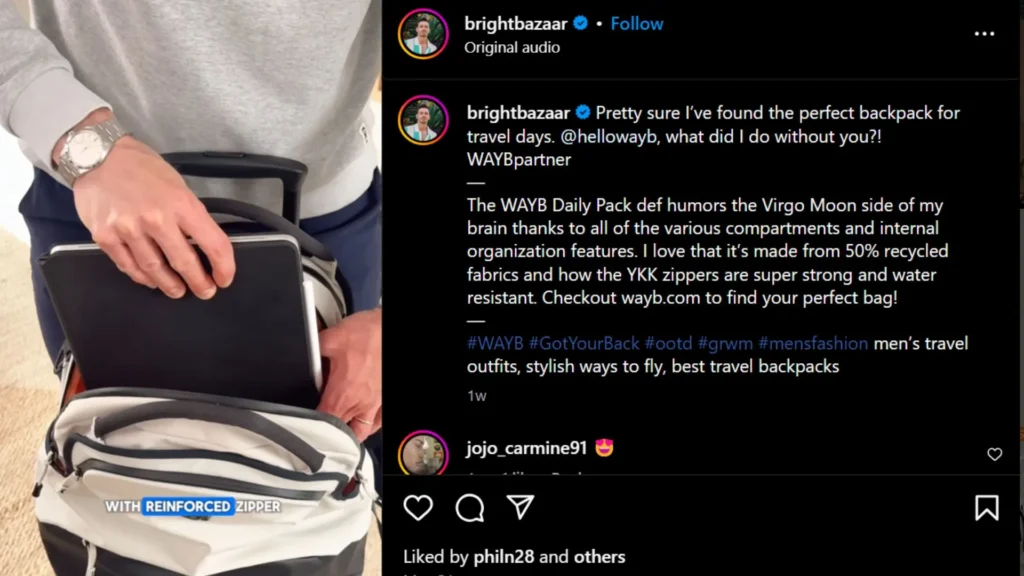
Let influencers present your products in a manner that appeals to their audience and creates actual bonds with them. This influencer marketing approach uses suggestions from powerful individuals to convert website visitors.
7. Optimize Website User Experience (UX) For Conversions
According to Kissmetrics research, 47% of consumers want a website to load in two seconds or less. The user experience (UX) may considerably boost website traffic conversion.
- Clear and intuitive navigation:
Customers shouldn’t have to be lost to locate what they need. Make navigation easy with well-defined categories, subcategories, and a search box.
Take an idea from Unbound Merino, which has a simple top navigation bar with “Shop Men,” “Shop Women,” and “About Us.” They offer a handy “Shop by Collection” tool to let consumers explore by requirements (travel, daily wear).
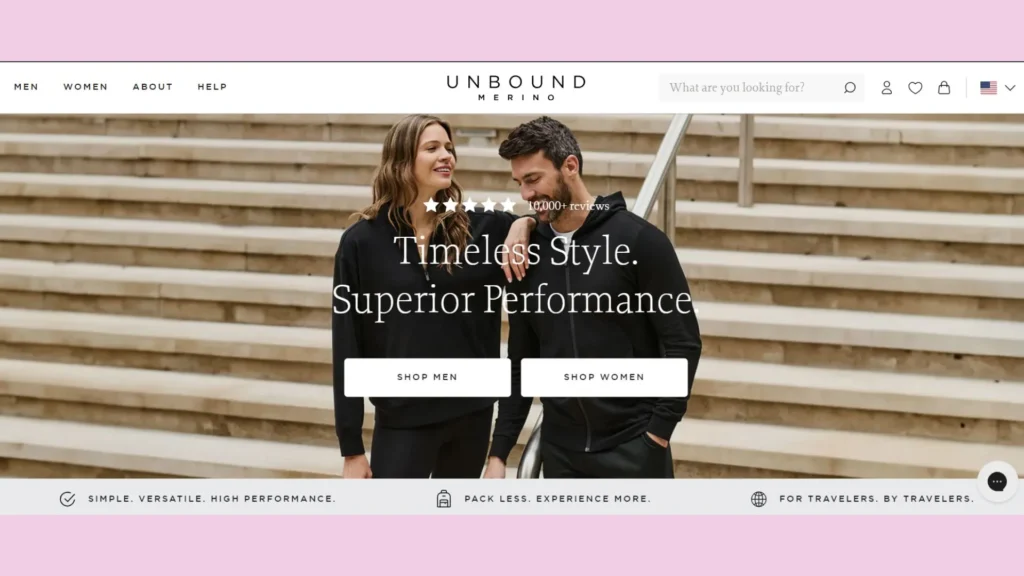
- Fast loading speeds:
According to a Google study, 53% of mobile internet viewers will abandon a page if it does not load within three seconds.
So, invest in website speed optimization tools and test your website’s loading performance on a regular basis using different devices.
- Mobile Responsiveness:
Over 69.43% of Asian customer web traffic now comes from mobile devices.
So, make sure that your website is adaptable and looks great on all screens (desktops, tablets, and phones). You need a mobile experience that works well to attract potential customers on the go.
8. Offer Clear Calls to Action (CTAs) Throughout Your Content
Calls to action (CTA) for your website are like lighthouse guides. They display the specific actions you want visitors to do. They include buying, subscribing to your email list, and downloading an ebook.
According to the HubSpot blog, personalized call-to-actions are better than standard CTAs by 202%. Get inspired by women’s fashion brand Reckless Ericka; instead of a pushy “Refer Now” CTA, use friendlier language like “Refer A Friend Now.”
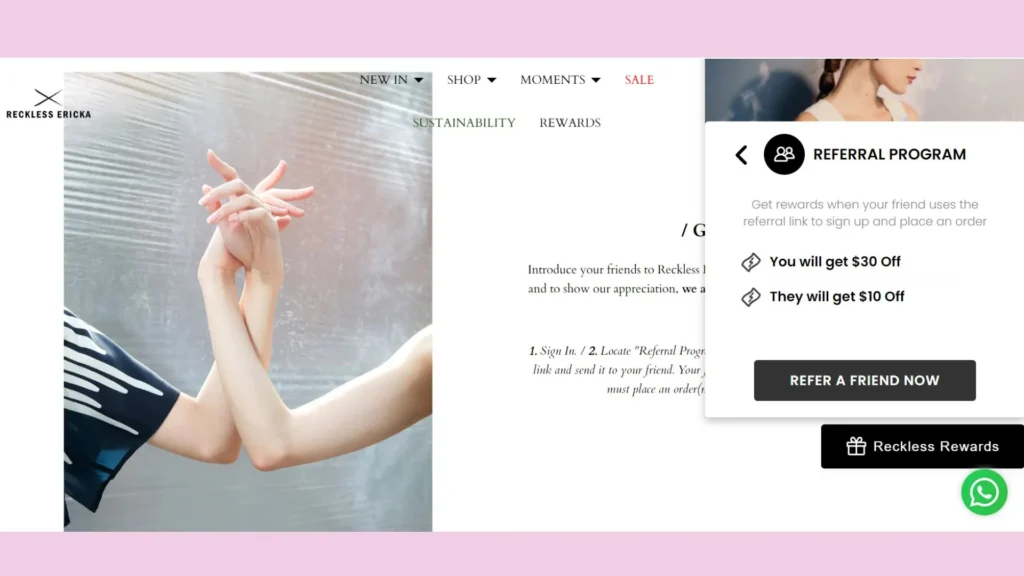
Also, to enhance the effect of your CTA, use contrasting colors and clear fonts and strategically arrange them around your website and content.
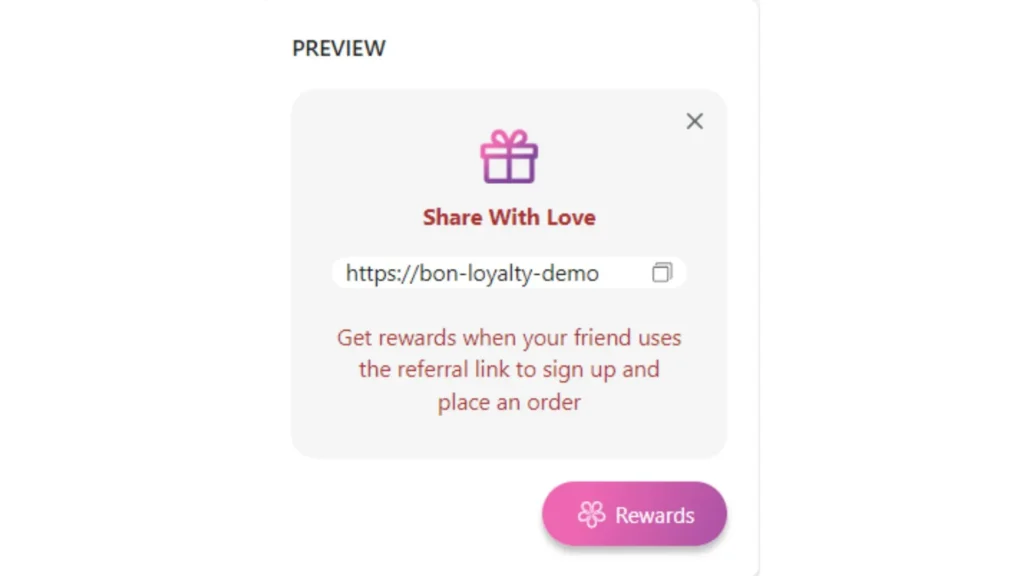
Coming up next, we’ll talk more about how to use calls to action (CTA) in your email marketing. Stay tuned for more tips on how to improve your messaging and get more website traffic conversion.
9. Run Targeted Email Campaigns To Nurture Leads
MailChimp believes that segmenting email lists according to interest groups may boost open rates by 9.92% over generic messaging. Targeted emails are more interesting as they satisfy the demands of your readers.
Here’s how to utilize email marketing to nurture leads generated from referral traffic:
- Segment by interest: Send them emails with purchase guidance or relevant things. This customized approach captures their attention.
- Welcome new arrivals: Tell them about your business, highlight the benefits for customers, and offer a deal or other reward to get them to buy.
For example, look at the email from FUN.com. They sent a tailored email outlining their referral program with an attractive subject line: “Want 25 Extra Points? Just refer a friend!”.
This email provided clear directions for engaging in the campaign. It was presented humorously and entertainingly, consistent with its brand character. Instead of solid calls to action, it utilized warm wording such as “Share Your Referral Code With Your Friend.”
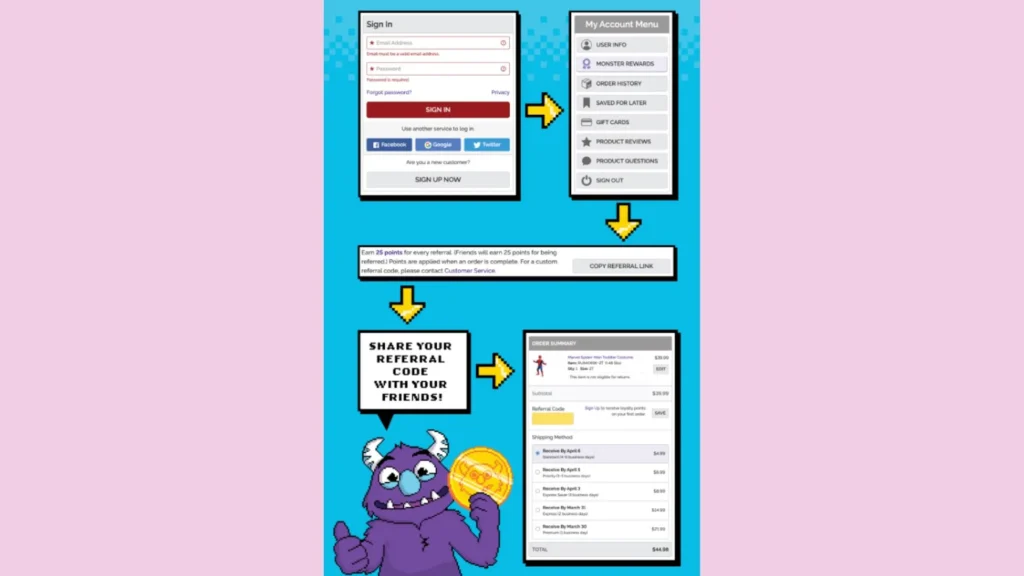
10. Utilize Retargeting Ads To Re-Engage Website Visitors
Retargeting website visitors with targeted ads for improved conversions. It can be a great way to tell potential customers about your brand and push them to buy when it comes to recommendation programs.
How to use retargeting to revive your referral program and turn website traffic conversion into sales: Segment by behavior and dynamic content.
11. Address Common Customer Pain Points And Objections
Referral traffic is great since it brings in qualified new clients from a trusted source. Even with a reference, visitors may be hesitant to purchase. Why? Customer concerns and objections are typical throughout the purchase process.
By solving these problems in your website’s content, you can turn more referral traffic into sales. Here’s how to do it:
- Leverage the referral connection: Show reviews from pleased consumers who purchased your product or service after hearing about it.
- Pre-empt concerns based on referral source: Discuss what people might be worried about in that area and answer them directly on product pages or in relevant blog posts.
- Clear and concise communication: Show off your product promises and easy-to-use return policy. Also, have a page that goes over your referral program in detail, including the perks and how to join in a way that is easy for people to understand.
For example, Dollar Shave Club has a separate site for Referral Program Terms & Conditions.
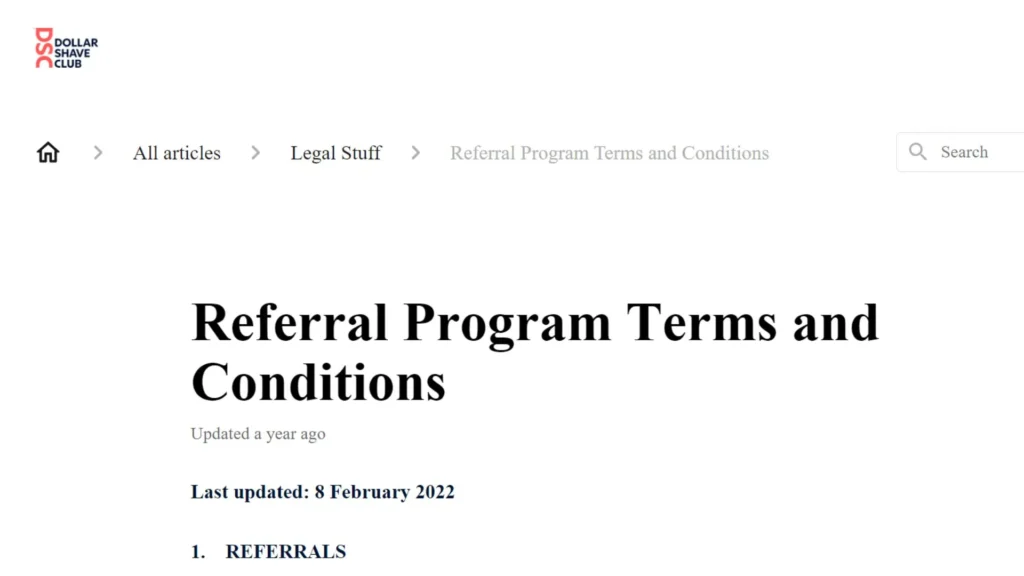
12. Provide Excellent Post-Purchase Experience To Build Loyalty
Someone bought from you because they heard about you via a friend. This is why your after-sale service has to be second to none. If your consumers are satisfied, they will come back and tell others about your referral program.
You may offer many post-purchase support alternatives, such as email, phone, or live chat. Respond to requests or complaints in a timely and efficient manner.
Additionally, think about including a personalized letter or a surprise thank-you present with their purchase. These little deeds have a big influence and strengthen brand loyalty.
Finally, consider implementing a loyalty program to reward repeat consumers. If you are looking for a good loyalty app on Shopify, check out 5 Affordable Customer Loyalty Programs for Small Businesses.
Optimizing Your Website For Mobile Conversions
We have said that mobile browsing is king in today’s digital world. It was predicted that there would be a constant growth of 1.5 billion smartphone users worldwide from 2024 to 2029.
Google found that 67% of smartphone users are more inclined to buy from firms whose mobile sites or applications include location-specific information. As long as your website is mobile-friendly and adjusts to various screen sizes, you should be able to convert more online visitors.
Continuously Monitor and Analyze Results
Success takes time; improving your referral traffic is no exception. Monitoring important benchmarks such as customer acquisition cost (CAC), referral traffic source count, and conversion rates.
For instance, if you notice that links from a certain social media site don’t bring in many sales. You could look at the site’s material or calls to action (CTAs).
Using A/B testing helps one with landing page optimization and marketing strategies. To boost conversions, try headlines, CTAs, and website layouts.
Conclusion
You’ve made a big step toward optimizing your website by researching these 12 conversion-boosting methods. Using these 12+ proven strategies to convert website traffic into paying customers.
Follow our blog for regular updates on the latest trends and strategies to help your e-commerce store thrive.
Lindsey Nguyen is a Content Marketing Specialist at BON Loyalty, specializing in digital marketing and eCommerce. At BON Loyalty, she crafts content that empowers Shopify store owners to build and sustain thriving customer relationships through innovative loyalty programs. Her articles, often featured on the BON Loyalty blog, provide valuable strategies and insights that help businesses enhance customer loyalty and increase customer lifetime value.
